Knowing how to create an infographic is one thing; knowing which kind you need is another.
After all, the whole point of creating content like an infographic is to get people to see it and share it with others. More shares and views equate to more traffic, leads, and customers in the most direct sense possible.
Knowing how to pick the best type of infographic for the content you’re trying to get out, there is a must. To make this easier, we’re going to break it down for you. Below, we’ve got a guide to the different types of infographics and what they mean for your bottom line.
Read on!
Statistical Infographic Templates
All Heading
Statistical infographic template is often used to compare data or illustrate a process or relationships. This applies to different parts of a whole. These infographics display facts and figures in a visual format. It allows the reader to quickly interpret the data.

Statistical infographics typically incorporate graphs, maps, and other images to help convey the story. The templates can be used both as stand-alone visuals or as part of a larger report or presentation.
Timelines
Make infographics timelines visual representations of a topic’s progression over time. It’s a great way to present vital information in a fun, engaging way that inspires people to learn more. There are several types of infographics timelines which vary depending on the purpose.
Historical timelines are used to educate people on historical events and themes throughout the ages, while progress timelines track changes in an industry or topic. Comparison timelines can be used to compare two topics over a variety of points in time.
Process Infographic
A process infographic helps to provide an understanding of the different steps and strategies of a given process or workflow. It can be used to visually explain a process to viewers, give them an outline of each step and show how the entire process fits together. Process infographics convey information in a succinct way that builds understanding.
They are commonly used to guide viewers through complex processes or to explain the breadth of possibilities within a system. Process infographics can also be used. This tool deserves a look to help you create the best infographics.
Informational Infographic
They come in different shapes, sizes, and designs, often incorporating diagrams, charts, and maps. They are used to provide information quickly and in an easy-to-understand manner. They provide an easier way to digest data compared to showing a lot of numbers and facts on a page.
There are various types of informational infographics, each of which can help explain certain topics better. For example, one type could show a comparison between two different entities, such as fast-food restaurants.
Map Infographic
An infographic map is a visual representation of geographical information. It usually consists of a chart or diagram containing symbols to illustrate the important features of a geographic region or area. Infographic maps can be used to educate and inform people about a given region.
They are often used to show geographical landmarks, population distributions, and other spatial relationships. They can also be used to display the local flora and fauna or provide an overview of a country’s infrastructure.
Learn More About Types Of Infographics
Learning about the different types of infographics is essential in understanding how to correctly and effectively use them in your projects.
With the right knowledge, you will be able to create and utilize infographics to communicate intricate data and stories in a way that your audience can easily digest.
Visit our blog for more!
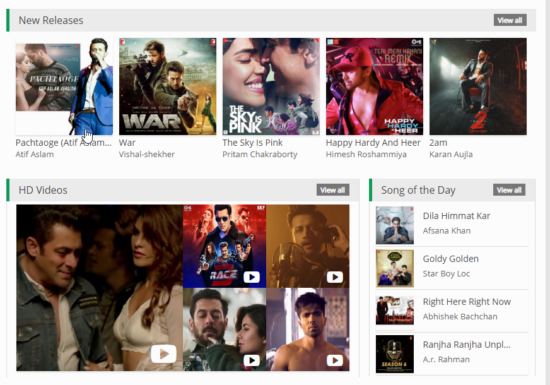

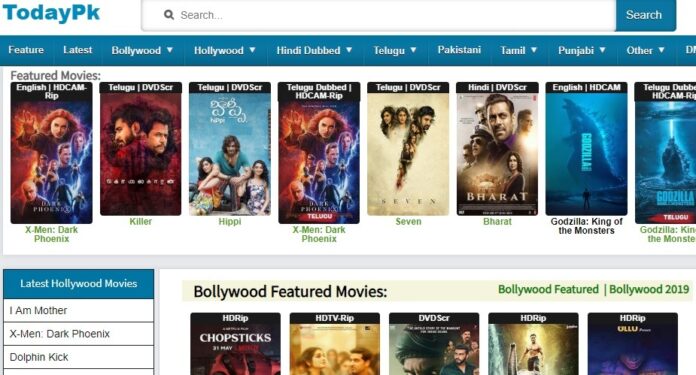
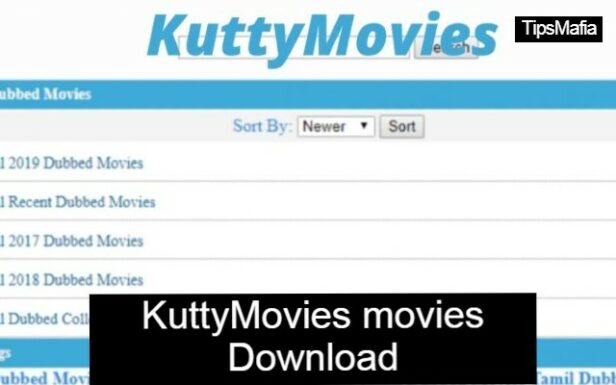

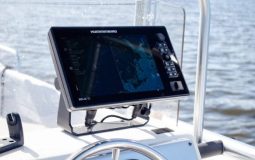




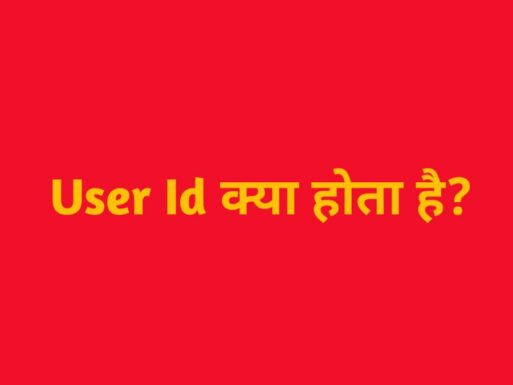


Recent Comments